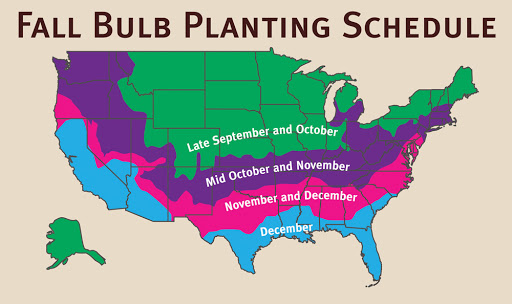We have been purchasing our bulbs from A.D.R. for many years now. As a contractor, the process to order bulbs for many different clients is easy and seamless. The website is a wonderful tool that we refer to quite often for product information, photos, and combination ideas. Our bulbs always arrive on time and wonderfully organized to make our installation much more efficient . The product is top notch and leaves our customers with wanting more and more each season.
Ashley Marrin
, Bret-Mar Landscape
« Previous Plant | Next Plant »
Iris Germanica 'Gray's Peak'
Bearded Iris
Bearded Iris 'Gray's Peak' is a tall bearded iris, reaching 42 inches in height. It features soft gray standards with purple veining, while the white falls are edged in a blue-purple plicata border. The orange beards add warmth to its mid-season blooms.
This iris thrives in full sun, preferring well-drained soil with neutral to slightly alkaline pH. It is deer-resistant and emits a slight fragrance, making it a standout in garden borders and perennial beds.
Iris Germanica Calculator
When should I plant Iris Germanica 'Gray's Peak'?

Growing and Maintenance Tips for Iris Germanica 'Gray's Peak'
Planting: Plant rhizomes in late summer to early fall or early spring. Set them horizontally with the top of the rhizome just at or slightly above soil level. Space 12 to 24 inches apart for good air circulation.
Location: Full sun is ideal (6+ hours daily). In hot climates, light afternoon shade helps prevent leaf scorch.
Soil: Well-drained, moderately fertile soil with a neutral to slightly acidic pH (6.0–7.0). Avoid heavy or soggy soils—add grit or compost to improve drainage.
Watering: Water after planting and during dry spells. Once established, bearded irises are drought-tolerant and prefer drier conditions.
Temperature: Hardy in USDA zones 3–9. Tolerates cold winters and summer heat.
Fertilization: Apply a low-nitrogen fertilizer (e.g., 5-10-10) in early spring and again after blooming. Avoid overfeeding.
Pruning: Remove spent flower stalks and yellowing leaves. Cut foliage to 6 inches in late fall to reduce overwintering pests.
Propagation: Divide rhizomes every 3 to 4 years in late summer to maintain vigor and prevent overcrowding.
Pest & Disease: Watch for iris borers, soft rot, and leaf spot. Good drainage and air circulation help prevent issues.







Check back soon for additional details.